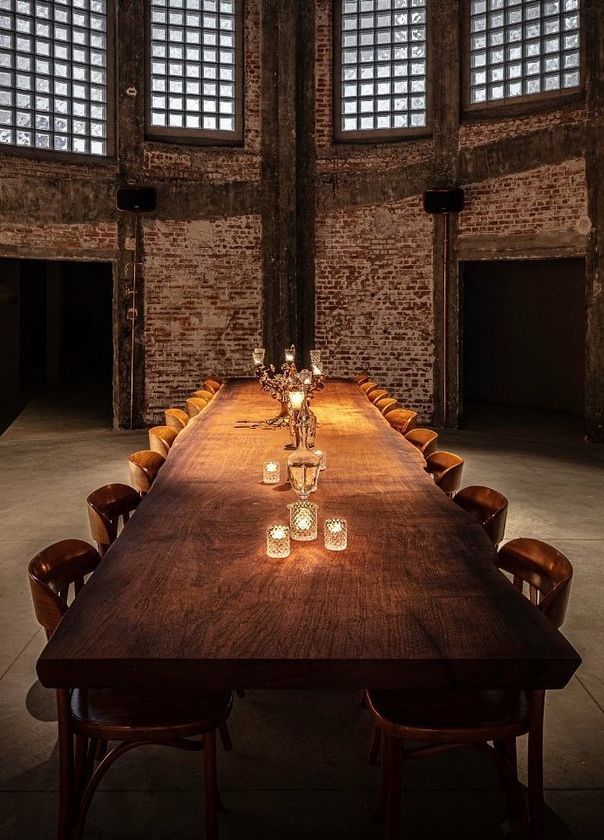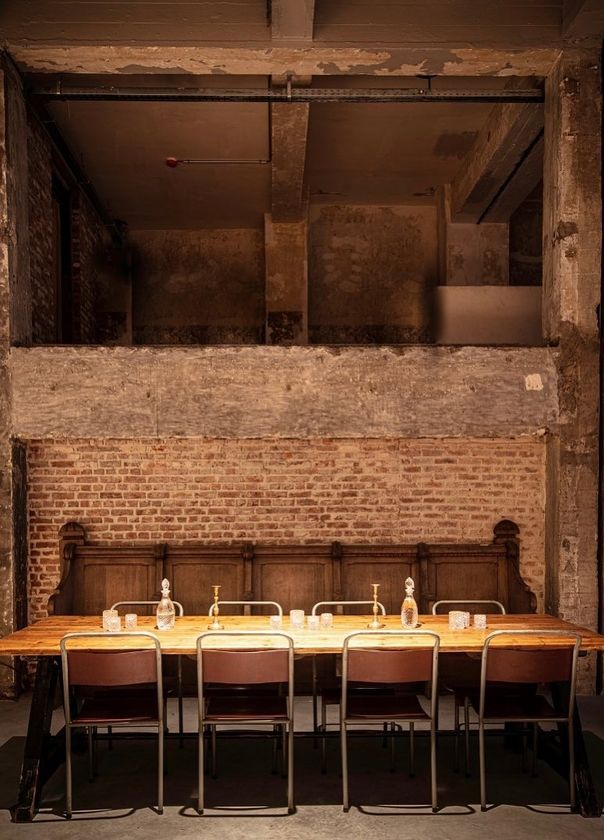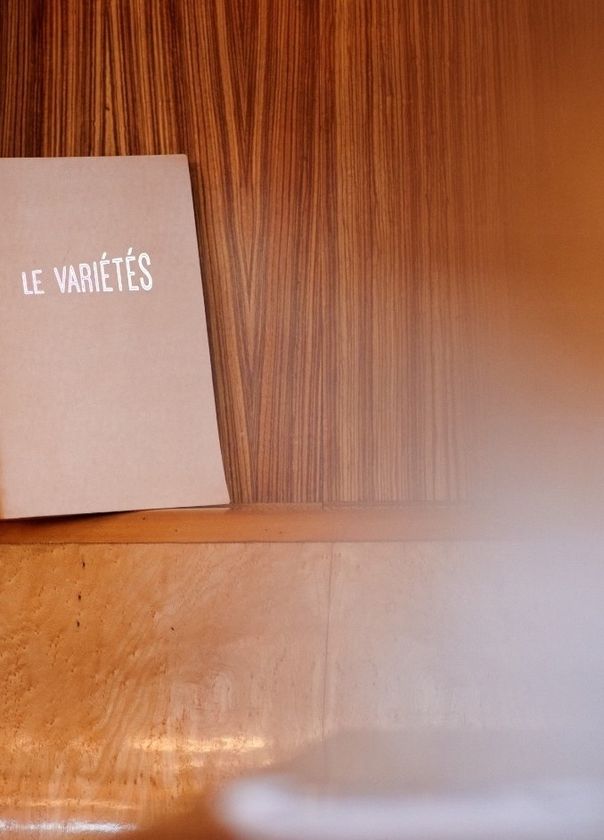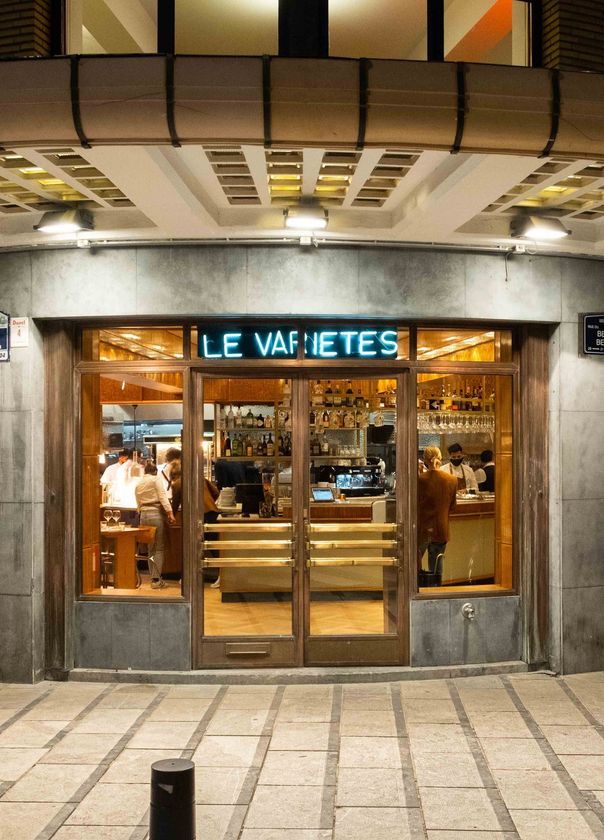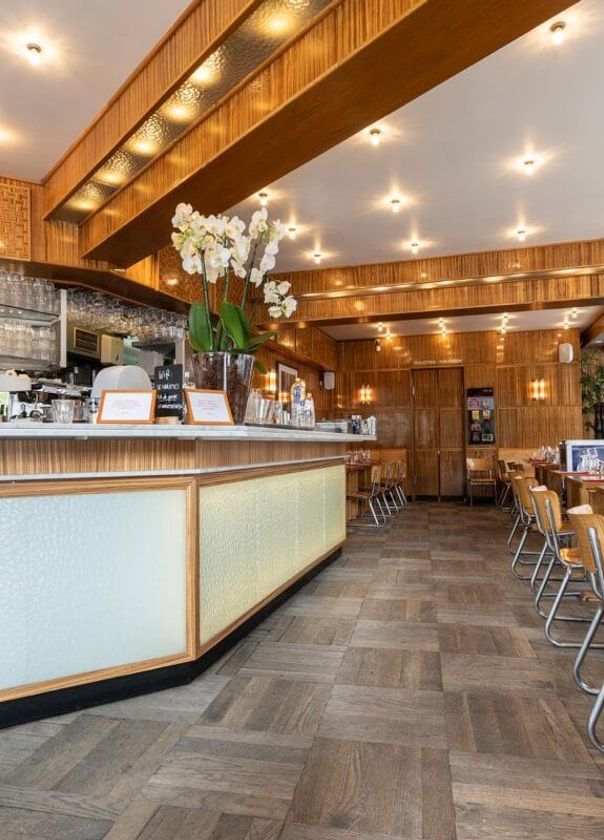Art Nouveau
Born at the end of the 19th century, characterized by its organic forms and curved lines. It's found in houses with undulating facades and floral motifs, public buildings featuring wrought iron structures with plant-like forms, or shopping arcades with glass roofs and decorations inspired by nature. This style sought to integrate nature into urban architecture, creating fluid and organic spaces.

"Architecture is an art that must combine beauty and utility. Decoration is not superfluous; it is an integral part of the work."
Victor Horta, Art Nouveau figure
Art Deco
Emerged in the 1920s, favoring geometric shapes and straight lines. It's expressed in public buildings with streamlined forms, monumental religious edifices with geometric lines, or restaurants and shops retaining their original decor. This style reflected the optimism and fascination with progress of the interwar period, drawing inspiration from machines and industry.
"Architecture must be functional before being beautiful. Beauty arises from the perfect match between form and function."
Henry van de Velde, Art Nouveau figure
The difference between these styles
Comparing these styles reveals the evolution of Brussels society.
Art Nouveau, celebrating nature and craftsmanship, embellished bourgeois neighborhoods, while Art Deco, embracing modernity, transformed the city center.
Together, they make Brussels a unique architectural capital, where each street may hide an artistic gem.
Whether admiring the graceful curves of Art Nouveau or the streamlined forms of Art Deco, Brussels offers a fascinating panorama of early 20th-century architecture.

